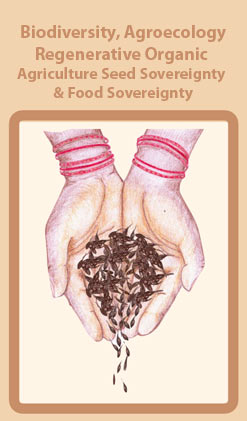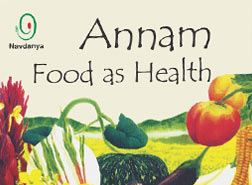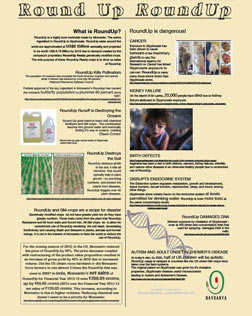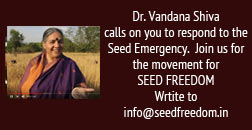Organic biodiversity based mixed cropping is the foundation of the concept of health per acre. It is a system of farming that increases nutrition produced per acre of farmland. A great amount of food, as well as a variety of food, produced and consumed at local level helps in equitable distribution. The system promotes growing traditional local foods, and hence, also promotes the consumption of such foods at local level. The wide variety of local food items covers the entire profile of nutrients required essentially by human body. Organic mixed cropping methods maximize the nutrition produced per acre and, hence, help control inflation of food items. Another reason why such cropping method would control food price is that food produced and consumed locally avoids the huge cost of transportation and storage usually included in the price consumer pays for food item. Population, at large, usually knows quite a lot about local food items and its health benefit. As a result, educating people, especially woman, with the various aspects of health and nutrition becomes easier. Implementation of such knowledge also becomes easier as adaption, availability, and cost are not mutually exclusive, but rather facilitating one another. The approach focuses more on the root cause of the problem of under nutrition rather than on the treatment of current cases of malnutrition. Treatment is just one aspect of solving the crises. However, irrespective of how sophisticated treatment we offer, under nutrition cannot be eradicated until we make adequate quantity of a variety of food available to the target population, sustainably.
Nutrition produced per acre gives an insight and a glimpse of the impact that organic mixed cropping method can have on the health of the population. Till now, we have focused primarily on the yield per acre.
Looking at agriculture and health in terms of yield per acre makes an important assumption that maximizing yield of specific food items would solve the under nutrition crisis. However, a few food items produced abundantly cannot ensure an ideal blend of nutrients supplied to every person in the society because any single food item is not the adequate source of all nutrients needed by human body. To ensure proper nutrition we need dietary diversification, and to ensure dietary diversification, we need to diversify our farmlands. There is a huge discussion that tries to find the answer to the question that which farming practice can ensure food security- organic mixed cropping or conventional mono copping. The yield per acre of specific food items, used as a measure of effectiveness, appeared to favor conventional mono cropping. However, when nutrition produced per acre of farmland in the two farming systems were compared, strikingly different results came out.
What needs to be pointed out is whether abundant production of rice, wheat, corn, or soybean would solve the crisis of under nutrition or abundant production of all the different nutrients would. Organic biodiversity based mixed cropping is sustainable, time tested, reasonable, intelligent, cost effective and ecological solution to the problem of malnutrition in India.

















